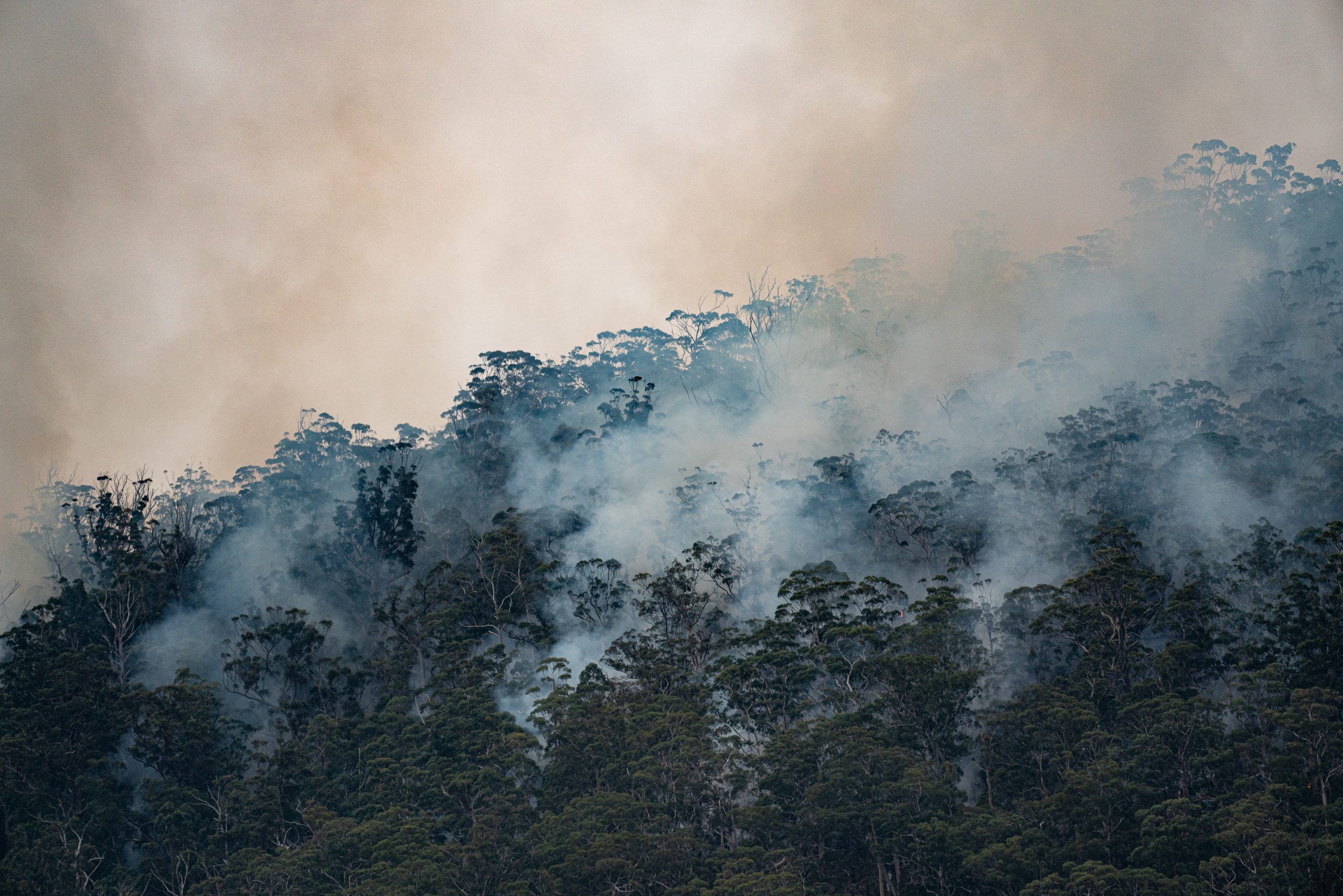Here’s the kicker – your brand will not exist in 6 years. Don’t get shocked. Fast forward to 2030, the stakes have skyrocketed, and the verdict is clear: global warming must be capped at 1.5 degrees Celsius, while greenhouse gas emissions must be slashed by half and reach net zero to avert catastrophic climate impacts.
Similar messages in various articles have been echoed numerous times. The inaction to pressing climate change issues will only spell disaster for brands, yet many still seem detached from the immediacy of the issue.
The temporal disconnect between businesses and individuals stems from several contributing factors. The gradual unfolding of climate change consequences over time contributes to the lack of immediate urgency, mitigating the perceived severity. Singapore, with its geographical location, enjoys relative safety from natural disasters. This unique setting further contributes to a sense of detachment and lessens the immediate concern over pressing global climate issues.

Weathering Against the Storm
While an immediate apocalypse may not be looming, businesses still face significant implications from climate change that reshape how brands adapt and thrive. When talking about matters closer to home, the socio-environmental landscape in Singapore faces critical tests of resilience.
Singapore presently relies on imports for over 90% of our own food and water, sourced from 180 countries. As climate change disrupts ecosystems worldwide, the repercussions on these suppliers will pose a formidable challenge, testing the endurance of our local F&B systems.
Unpredictable weather has also caused disruptions to everyday life. Changes in the global average temperature have caused a dynamic shift in the frequency of extreme events. This has resulted in erratic weather, such as the increase in intensity and frequency of rainfall. When we factor in the reliance on solar energy, it becomes evident that these unpredictable weather patterns will present substantial challenges for energy generation.

Torrential rain has caused much disruption to life in Singapore
Source: CNA
On the other end of the spectrum, Singapore has been grappling with extreme heat waves, with temperatures peaking to an all-time high of 37 degrees Celsius just this May. While the lucky ones were able to take refuge in air-conditioned areas such as malls and offices, the outdoor workforce faced unbearable working conditions. The prolonged hours of intense sunlight necessitated more frequent breaks for workers, overall impacting productivity levels.

Source: Time Magazine
The global rise in sea levels likewise presents a significant threat, particularly to low-lying regions. Recognising this vulnerability, the Public Utilities Board (PUB) has started conducting in-depth studies and implementing measures on areas deemed susceptible to the rising seas. However, when considering that one-third of our land is situated at an elevation of less than 5 metres, we still stand particularly vulnerable to the consequences of this phenomenon.
Turning Consumers’ Awareness into Action
Brands wield influence and can be the pivotal role in driving climate change. By strategically harnessing the principles of behavioural science, brands can inspire and guide consumers towards environmentally conscious choices, fostering a positive impact on the planet.

Source: Marketing Interactive
Brands must lead by example and make green alternatives the default choice. Unfortunately, green options are often treated as add-ons; the onus is placed on consumers to choose them on top of additional costs. However, businesses can drive change by integrating sustainable choices and minimising cost differences. When the barriers of entry to greener alternatives are lowered, consumers are more likely to embrace eco-friendly options as the standard.
In the product line, brands can initiate change by making tweaks to their materials. Every small change can spark difference, and when combined with consumer feedback, brands may find that adjusting their materials positions them favourably in the face of evolving environmental regulations, leading to cost savings and increased efficiency.
The introduction of a carbon footprint reporting system would also empower brands to openly communicate their environmental impact. This accessible information will allow consumers to make informed, sustainable choices. Armed with this knowledge, consumers gain visibility into the quantifiable, positive impact of choosing greener alternatives. This transparency reinforces the connection between consumer choices and meaningful environmental contributions.
Navigating the Road Ahead
With Singapore’s ambitious aim to attain net-zero status by 2050, businesses are struggling to determine effective sustainability measures to meet this goal. Upcoming mandatory climate disclosures for listed companies will also extend to Small and Medium Enteprises (SMEs), adding to their responsibilities in the coming year. It is time for SMEs to acknowledge their crucial role in reducing Scope 3 emissions for larger corporations.
Whether you’re looking for insights to understand ESG or eager to kickstart your brand’s sustainability journey, connect with us, and let’s begin the dialogue!
References:
https://time.com/6322111/singapore-fights-rising-sea-levels-climate-change/




